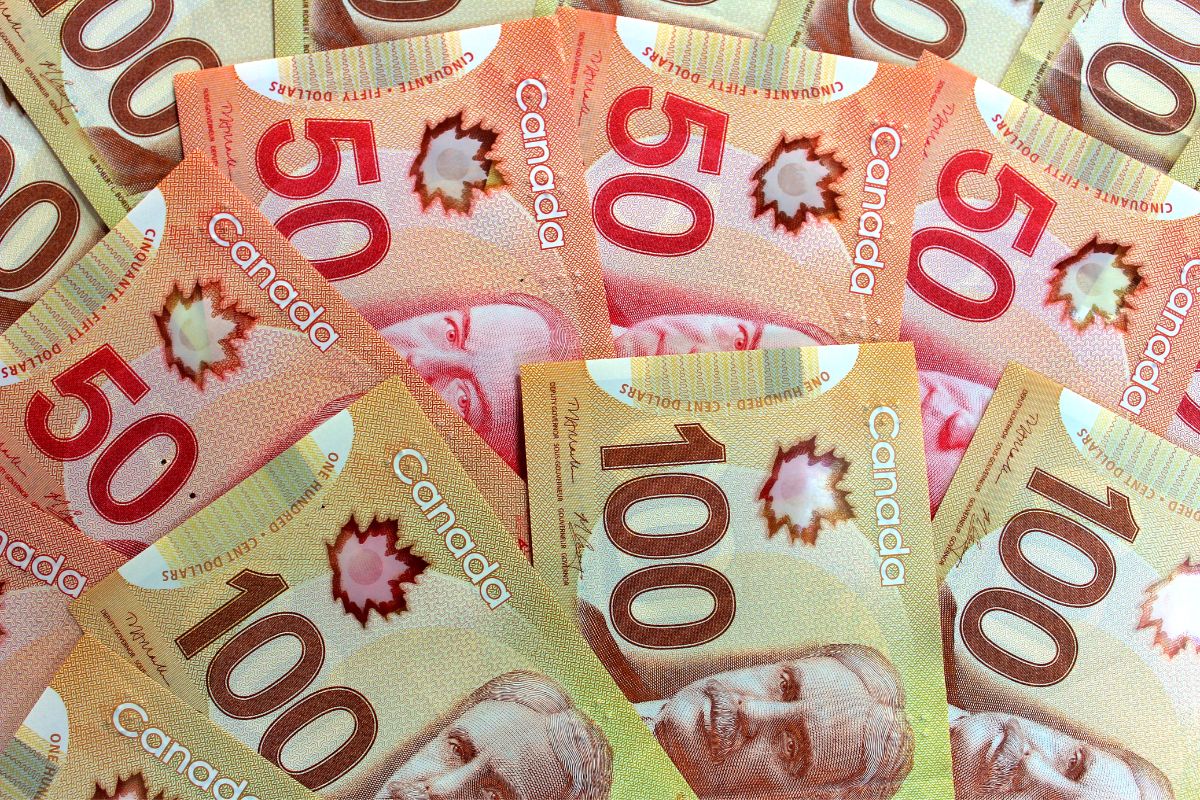Making counterfeit money is an offence under Section 449 of the Criminal Code of Canada.
Section 449 of the Criminal Code of Canada which deals with making counterfeit money is aimed at protecting the public and financial institutions from fraud relating to currency. For related offences such as possession or uttering, see our overview of counterfeiting laws in Canada.
Definition
“Counterfeit money” includes:
- a false coin or false paper money that resembles and is apparently intended to resemble or pass for a current coin or current paper money
- a genuine coin or genuine paper money that has been altered to resemble or pass for a higher denomination than the intended currency
Examples:
Some examples of the offence of making counterfeit money may include:
- A person intentionally prints a fraudulent $10 bill from a computer, with the intention of passing the item off as $10 currency
- A person alters a $10 bill to appear as a $100 bill, with the intention of passing the item off as a $100 bill
Defences
There is a Defence election of Court under s. 536(2)
- Lack of Knowledge
- Lack of Intent
Lack of knowledge or intent may be difficult to present as a defence in circumstances of printing/making fraudulent bills, however, in circumstances where an accused is caught in possession of, or altering currency, a positive defence may apply. The crown is obligated to prove the elements of the offence beyond a reasonable doubt, which includes the date, time, location, and circumstances of the offence.
Punishment
The maximum penalty for a conviction under Section 449 is fourteen (14) years imprisonment. Specifically, Section 449 provides that everyone who commits the offence of making counterfeit money is guilty of an indictable (straight indictable) offence and is liable to imprisonment for a term of not more than fourteen (14) years.
Whether you intend to plead guilty to a charge under section 449, it is important to consult a lawyer prior. There may be factors which apply to your punishment/sentencing which are relevant and important for consideration, which may result in a lesser punishment.
Overview of the Offence
Section 449 of the Criminal Code of Canada is a provision that criminalizes the commission of making counterfeit money.
Making counterfeit money
449 Every one who makes or begins to make counterfeit money is guilty of an indictable offence and liable to imprisonment for a term not exceeding fourteen years.
This offence is straight indictable, and the offender is liable for a term of imprisonment for a maximum of fourteen (14) years.
In order for a person to be convicted of making counterfeit money in criminal court, the crown is required to prove their case beyond a reasonable doubt. The crown must also prove several elements of the offence, such as: confirming the accused’s identity, the date(s) and time(s) in which the incident(s) occurred, the jurisdiction, that the accused had knowledge that their actions were unlawful.
The presumption of innocence applies in that the accused is presumed innocent until convicted of the offence.
The Guilty Act (Actus Reus)
The actus reus for the offence of making counterfeit money is established by proof, beyond a reasonable doubt, of the following:
- the accused’s actions constituted that of making, or beginning to make counterfeit money.
The Guilty Mind (Mens Rea)
The mens rea for making counterfeit money is established by proof, beyond a reasonable doubt, of the following:
- the accused, knowing that their actions would render coin or paper money counterfeit, did so by altering the currency.
Defences
How to Beat a Charge of Making Counterfeit Money
Each circumstance is different, and the best defence available is contextual based on the details. Making counterfeit money is a very serious criminal offence. However, the following are some common defences that may be used against a charge of making counterfeit money.
Lack of Knowledge/No Mens Rea or Mental Intent
Lack of knowledge may also be raised as a defence in some circumstances. The crown is required to prove beyond a reasonable doubt that this has been established. If the counterfeit money is very difficult to distinguish from the actual money, there may be an avenue of defence as supported in precedent, however, this should be discussed with a lawyer.
Ensuring the Evidence was Obtained Lawfully
It is advisable to consult a lawyer in such circumstances, however, there may be circumstances where evidence was obtained from the accused person without their consent, and where they held a reasonable expectation of privacy. If this is the case, it is important to seek consultation from a lawyer to ensure that the accused’s rights under section 8 of the Canadian Charter of Rights and Freedoms were not violated. If they were, there have been circumstances where the courts have deemed the evidence seized in this manner inadmissible.
For example, if following an incident, an accused person sent private text messages to a close friend discussing the matter, and the police seized and searched the accused’s cellular phone without a warrant, this evidence may not be admissible. Evidence, and how it was seized, although always important to examine diligently, is especially so in circumstances which lead to a charge of Incest. It is important to determine the accused’s expectation of privacy in this context, and whether the police obtained warrants to search the devices, or were required to.
Punishments
The maximum penalty for a conviction under Section 449 of the Criminal Code is a term of imprisonment of up to fourteen (14) years.
Making counterfeit money is an indictable offence.
Whether you intend to plead guilty to a charge under section 449, it is important to consult a lawyer prior. There may be factors which apply to your punishment/sentencing which are relevant and important for consideration, which may result in a lesser punishment. This depends on the unique circumstances of each matter and is determined on a case-by-case basis. Therefore, it is important to consult a lawyer.








